-
Informing
Informing
Providing you with information resources and the latest developments in midwifery.
Informing
Latest news
- MIDIRS Monthly - Midwifery, a Masters and Multi-Chained viruses.
- MIDIRS Monthly - How did you come to be a Midwife lecturer?
- MIDIRS Monthly - Building a clinical academic career
- MIDIRS Monthly - Considering Care Pathway planning for autistic women to improve care outcomes and reduce health inequalities.
-
Resources
Resources
Information resources to support your midwifery research, student studies and clinical research.
In this section
Latest news
- MIDIRS Monthly - Midwifery, a Masters and Multi-Chained viruses.
- MIDIRS Monthly - How did you come to be a Midwife lecturer?
- MIDIRS Monthly - Building a clinical academic career
- MIDIRS Monthly - Considering Care Pathway planning for autistic women to improve care outcomes and reduce health inequalities.
-
Learning
Learning
Find out how to start your midwifery journey and other useful information.
In this section
Blog
- MIDIRS Monthly - Midwifery, a Masters and Multi-Chained viruses.
- MIDIRS Monthly - How did you come to be a Midwife lecturer?
- MIDIRS Monthly - Building a clinical academic career
- MIDIRS Monthly - Considering Care Pathway planning for autistic women to improve care outcomes and reduce health inequalities.
- MIDIRS Monthly - We need to talk about the Midwife Mental Health Crisis
- Home
- Page not found
Oops!
We can't seem to find the page you're looking for.
Here are some helpful links instead: